The Importance of Maintaining a Clean Sewer
Home maintenance can be a tricky matter for many homeowners, especially when you can’t see the problem coming. Hidden issues can worsen over time until they become an emergency, resulting in serious damage and high repair costs. Sewer pipes, specifically, have the additional disadvantage of being underground, truly out of sight and too often out of mind.
Because our master plumbers at Adams and Son Plumbing want you to avoid the unpleasant surprise of a clogged or – even worse – broken sewer line, we offer this guide to cleaning your sewer lines, recognizing the signs that a cleaning is due and what to do if you discover an issue.
Why would you need to clean your sewer pipes?
It’s important for homeowners to know some basic sewer line maintenance tips, as they can help you avert major plumbing disasters. Common causes of sewer line problems include the following.
Roots –Tree root intrusion in sewer pipes can completely block the line, causing serious problems. Roots can eventually break the pipes, creating the worst-case scenario in terms of raw sewage backing up in indoor plumbing and spilling out into the yard – as well as the considerable expense of replacing sewer pipes.
A sag in the pipe – A sag in your pipe or a bellied pipe can occur when a portion of the pipe slopes down, creating a belly effect. A sag in the pipe can occur when the soil around the pipe loosens or breaks, which makes the soil unstable, which causes the pipe to sink. Sewerage starts collecting in the bellied area of the pipe, eventually resulting in blockage.
Grease – Grease and drains are not the best of friends. If you are in the habit of pouring grease down the drain, then you should be prepared for frequent blockages in your sewer pipes. The grease which you pour down the sink will ultimately solidify and cause a blockage in your pipe, as described in our blog post, “Still Pouring Grease Down the Sink?”
Benefits of keeping a clean sewer and drain
Keeping your sewer and drain clean has several benefits, some of which are described by our colleagues at Mister Sewer, in Bethel Park, PA.
Reduces blockages – Regular cleaning of drains can help prevent blockages to a large extent. While small blockages can be irritating when you use the sink or take a shower, a serious clog can cause tubs and sinks to back up.
Prevents odors – It is hard to get rid of sewer odor once it’s entered your home. When you keep your sewer clean, it prevents the blockages cause odor. If a sewer odor comes through the P-traps in your plumbing fixtures, you need to call a plumber.
Keeps your home clean and healthy – If you don’t keep your drains clean, it can result in serious cleanliness issues. Regular cleaning can help prevent drains from becoming clogged, which leads to blockages that result in an overflow.
Reduces your expenses – Keeping the drains cleaned on a regular basis can prevent serious problems with the drains overflowing and leading to unsanitary conditions in the home. It is beneficial to plan on having professional plumbers not only clean the lines but look for other concerns as well.
Signs you need your sewer cleaned
It is always helpful to know the signs and symptoms of a sewer blockage. If you know the signs, you can avert major problems. Here are some of the telltale signs that you need to get your sewer cleaned, courtesy of our colleagues at Scott English Plumbing, Anaheim, CA.
Several clogged fixtures – One common sign of a sewer drain clog is multiple clogged fixtures. If you have two or more fixtures that get clogged at the same time, it can be an indication that you have a clog and need sewer drain cleaning. Most commonly, homeowners will notice that more than one toilet gets clogged at the same time. Toilets are usually the first place where you will notice signs of a clogged sewer drain, because toilets have the most direct path to the sewer system and the largest drain. When there is a clog in the sewer drain, it is rare for the toilets to function properly.
The bathtub and shower are also frequently affected by a clogged sewer drain, as these drains are lower than other drains – like sinks.
Plumbing fixtures show unusual reactions – If your plumbing fixtures show unusual reactions, it is yet another indication that you have a clogged sewer line. Some of the reactions that you need to be aware of include the following.
- If the water backs up into your tub or shower when you flush your toilet.
- When you run your washing machine and the toilet starts overflowing, or water backs up into the tub or shower.
- When you turn on the sink faucet to wash your hands after using the toilet and the toilet starts to bubble up. This indicates that air is trapped in your plumbing system.
Keep a tab on the main line clean out – In some plumbing system, there is a main line clean out point that you can check for problems. You can remove the cap and look for water or sewage backing up. If you find the water coming out of the clean out, or if there is standing water in the drain, it means that there is a blockage in your sewer system.
Now that you know the issues that can cause your sewer line to clog, you’re better informed to prevent inconvenient, expensive plumbing problems. The state-certified Master Plumbers at Adams and Son Plumbing can perform preventive maintenance to keep your fixtures and lines in top condition – and provide the experienced, industry-leading repair service that we’ve built our reputation upon over the past 60 years. Contact us and learn more about our services today.
The post The Importance of Maintaining a Clean Sewer appeared first on Adams and Son Plumbing Services.
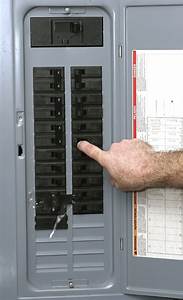 No hot water
No hot water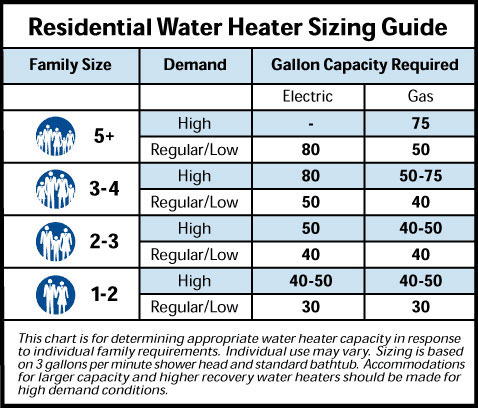
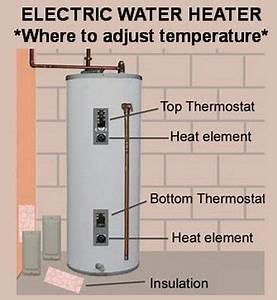
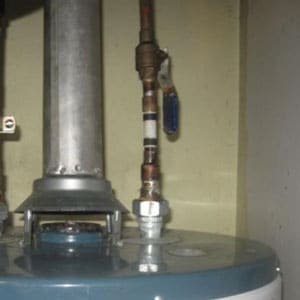 Leaks
Leaks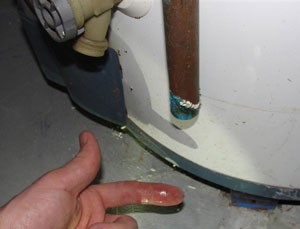 From the bottom
From the bottom Little or no hot water
Little or no hot water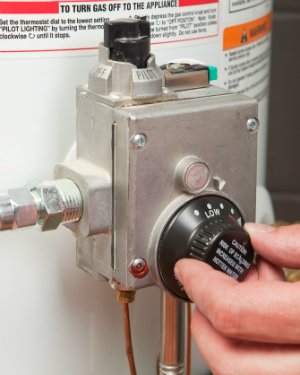
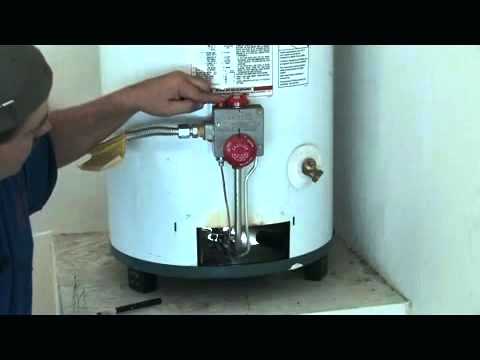 No hot water
No hot water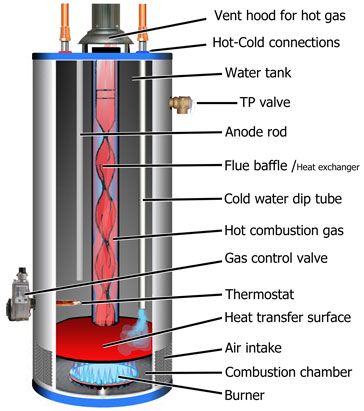
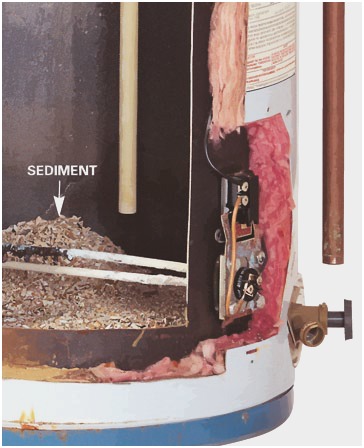 Popping:
Popping: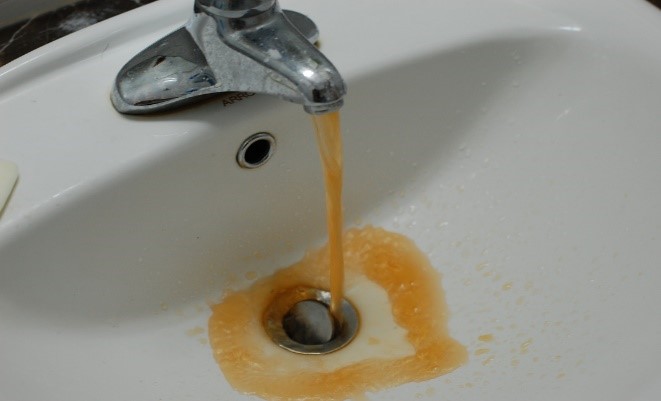 Discolored water
Discolored water Rotten egg smell
Rotten egg smell